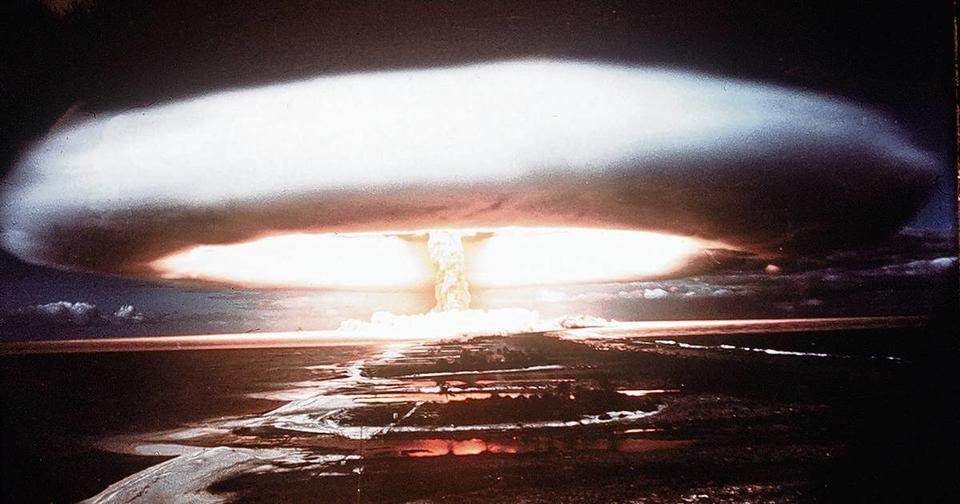International Day against Nuclear Tests

Nuclear tests were carried out in large quantities between 1945 and 1996, and these tests have had severe consequences for humans, animals, and nature.
In 2009, amid the 64th session of the United Nations General Assembly, August 29 was declared the International Day against Nuclear Tests, and resolution 64/35 was made possible due to Kazakhstan’s long-lasting engagement. The day also marks the 1991 closing of the Soviet Union’s former test site in Semipalatinsk, Kazakhstan. 31 years ago today!
Nuclear tests have been carried out in multiple environments since 1945: in the atmosphere, underground, and underwater. On June 16, 1945, the US conducted the first nuclear test. The bomb, called Trinity, was a plutonium-based detonation, and it made the ground shake around Los Alamos, New Mexico. The test permitted the US to bomb Hiroshima and Nagasaki and constituted the beginning of a global arms race among states which desired these weapons.
Tsar Bomba
Nuclear tests were not solely conducted in areas far from Norway. 60 years ago, the Soviet Union detonated Tsar Bomba, a hydrogen-based bomb, on Novaya Zemlya, 900 km from Vardø, Finnmark. In a radius of 1,000 km, the shockwave affected vegetation and buildings.
Tsar Bomba stands as the most powerful nuclear detonation in history. Due to a large number of tests (total: 224), radioactivity has affected the glacier. The glacier on Novaya Zemlya is 65-130 times more radioactive than in nearby areas.
#FinishWhatWeStarted
The Comprehensive Nuclear Test-Ban-Treaty (CTBT) was adopted in the UN in 1996 and prohibits any nuclear weapon test explosion or any other nuclear explosion. The Treaty has not yet entered into force as the Treaty requires a set of states – called Annex 2 States – to ratify the Treaty. Despite this, North Korea is the only state to have conducted nuclear tests in the 21st century.
The Preparatory Commission of the CTBTO works continuously for the Treaty to enter into force. The moratorium on nuclear tests has saved humans, animals, and nature. Nevertheless, the international community continues its work for the entry into force, just as the CTBTO’s slogan sounds: #FinishWhatWeStarted.